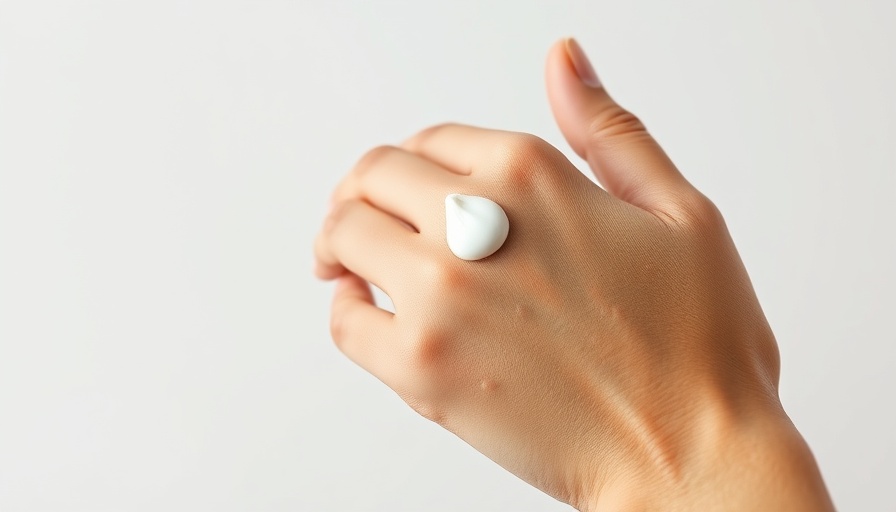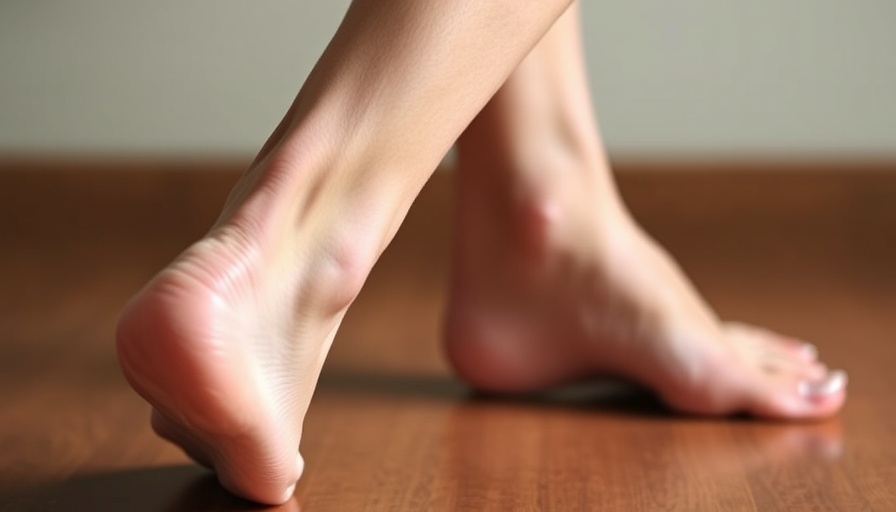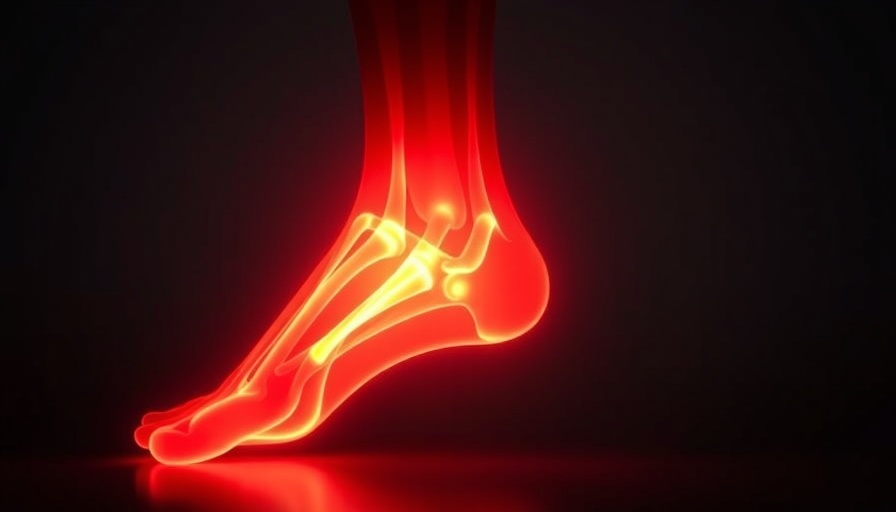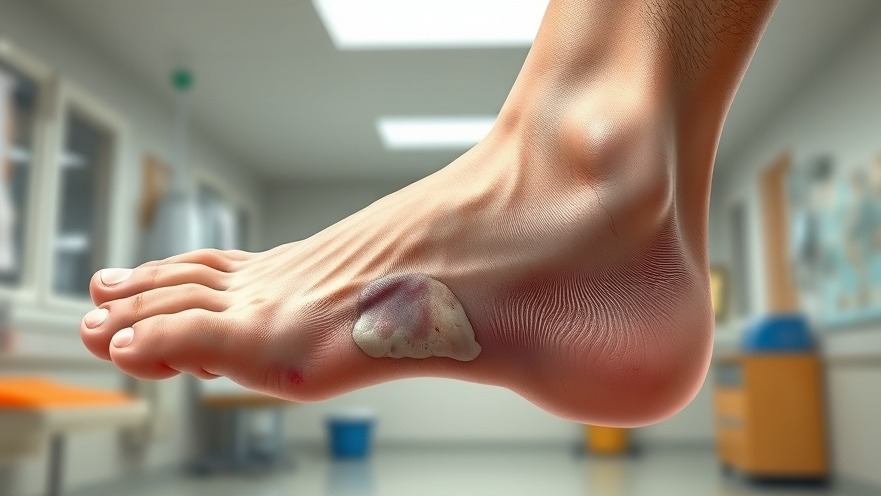
Understanding Plantar Warts: A Common Dilemma
Plantar warts, caused by the human papillomavirus (HPV), affect millions worldwide. These small, rough bumps typically appear on the soles of the feet and can cause significant discomfort due to their pressure-sensitive nature. Approximately 12% of the general population experiences these warts yearly, demonstrating just how common they are, especially among children and adolescents. Understanding how to effectively manage and eliminate these warts is essential to reclaim comfort and confidence in one's daily activities.
Topical Treatments: The First Line of Defense
When it comes to treating plantar warts, many turn to topical treatments as the initial solution. Common options include salicylic acid and silver nitrate. Salicylic acid works by softening the wart tissue, requiring approximately several weeks of consistent application and, frequently, professional debridement. Though effective, this treatment can irritate sensitive skin.
In contrast, silver nitrate serves as a chemical cauterizing agent, helping to destroy the wart tissue over time. Both approaches necessitate monitoring by a podiatrist to ensure optimal results while minimizing skin damage to the surrounding areas. Patients should be prepared for a prolonged treatment duration that requires diligent care.
Exploring Cryotherapy: Freeze Your Warts Away
Cryotherapy is a widely utilized method involving the application of liquid nitrogen to freeze and ultimately rid the body of warts. This technique may involve intense pain during the procedure, and some patients report discomfort post-treatment due to blister formation. While many find success through this method, it may require several sessions, leading to various reactions from individuals.
SWIFT Therapy: The Innovative Solution
Among the most promising advancements is SWIFT therapy, which employs controlled microwave energy to target wart tissue effectively. Each treatment session lasts just a few minutes, typically involving three separate sessions spaced about four weeks apart. A remarkable clearance rate of up to 83.3% has been documented, positioning SWIFT therapy as a leading option for individuals battling stubborn warts. Although the procedure can be painful, the duration of pain is significantly shorter than that experienced with cryotherapy, resulting in less overall discomfort.
Surgical Options: A Final Resort
For those combating persistent warts unresponsive to other treatments, surgical options may be necessary. Curettage, involving the scraping away of the wart with a specialized instrument, typically requires local anesthesia and may leave a scar. Furthermore, laser therapy is also available; however, these surgical approaches are often seen as last resorts after exploring non-invasive options.
Why Treatment Matters
It is crucial to address plantar warts not just for physical comfort but also for psychological well-being. Persistent warts can lead to avoidance behavior, limiting one's willingness to participate in activities such as swimming or group exercises due to embarrassment. By investing in effective treatments, individuals reclaim their confidence and regain control over their lives. This is especially poignant in children and adolescents who often face psychological barriers impacted by physical ailments.
Making Your Decision: What to Consider
Choosing a treatment plan requires active involvement and an understanding of the various options available. Factors to consider include the wart's response to previous treatments, pain tolerance, and possible side effects. Consulting with a trusted podiatrist or health professional will help in navigating these choices effectively, ensuring that the treatment aligns with one’s unique health needs.
Your Local Medi Pedi Options
For those seeking accessible solutions, consider exploring local medical pedicure spas. Facilities offering medi pedi services not only focus on aesthetic foot care but also address medical concerns like warts in an integrated approach. This blend of beauty and health can provide individuals with necessary care and relaxation in their busy lives. Websites or directories featuring medi pedi options near you can help streamline the process of finding a service that meets your needs.
In the quest to manage plantar warts effectively, it is essential to not only investigate treatment options but also to evaluate local resources. By enhancing awareness of available treatments and a supportive environment, individuals can navigate their way towards healthier, wart-free lives. Taking action today may seem daunting, but every step forward brings you closer to reclaiming your comfort and confidence.
 Add Row
Add Row  Add
Add 




Write A Comment